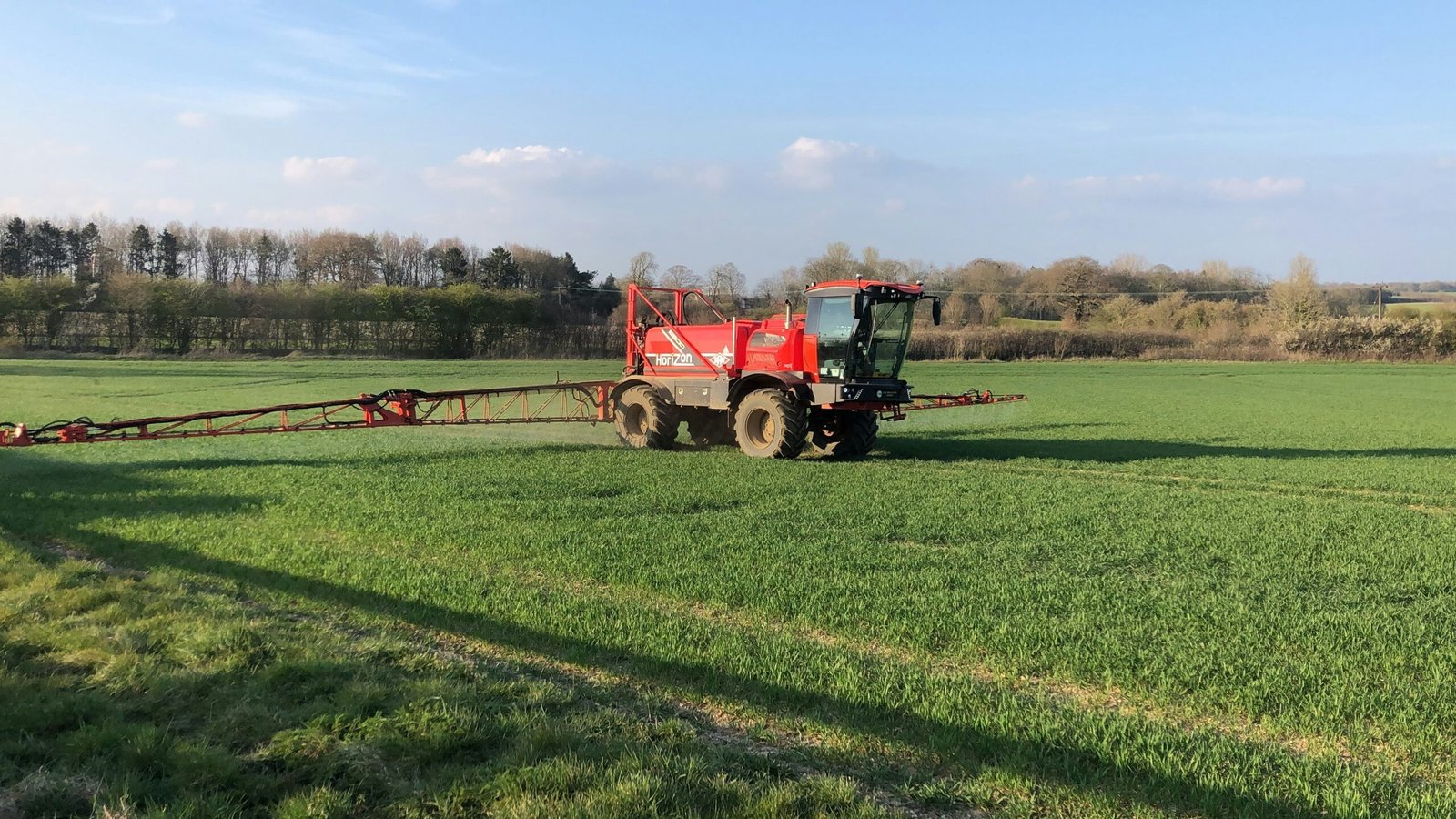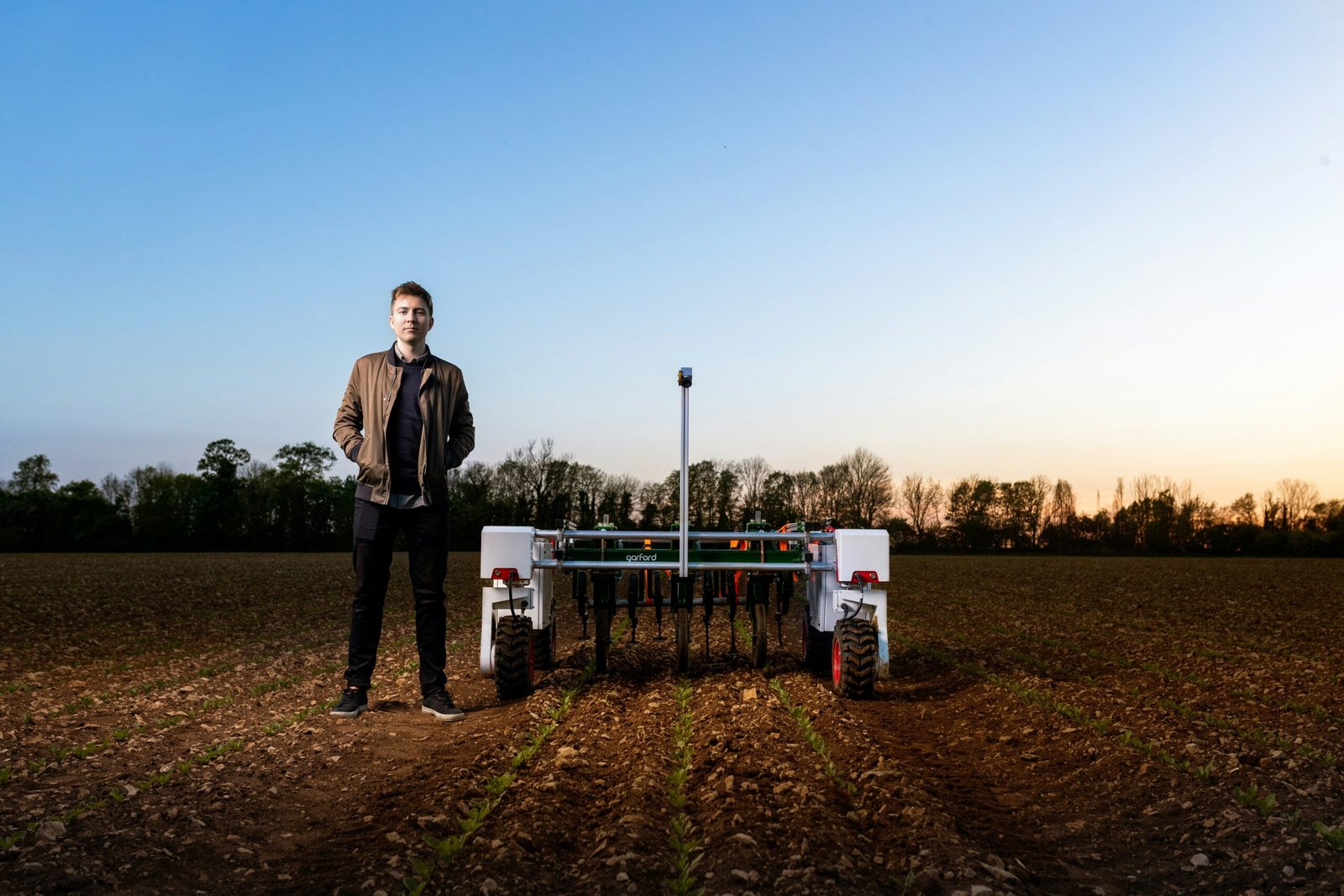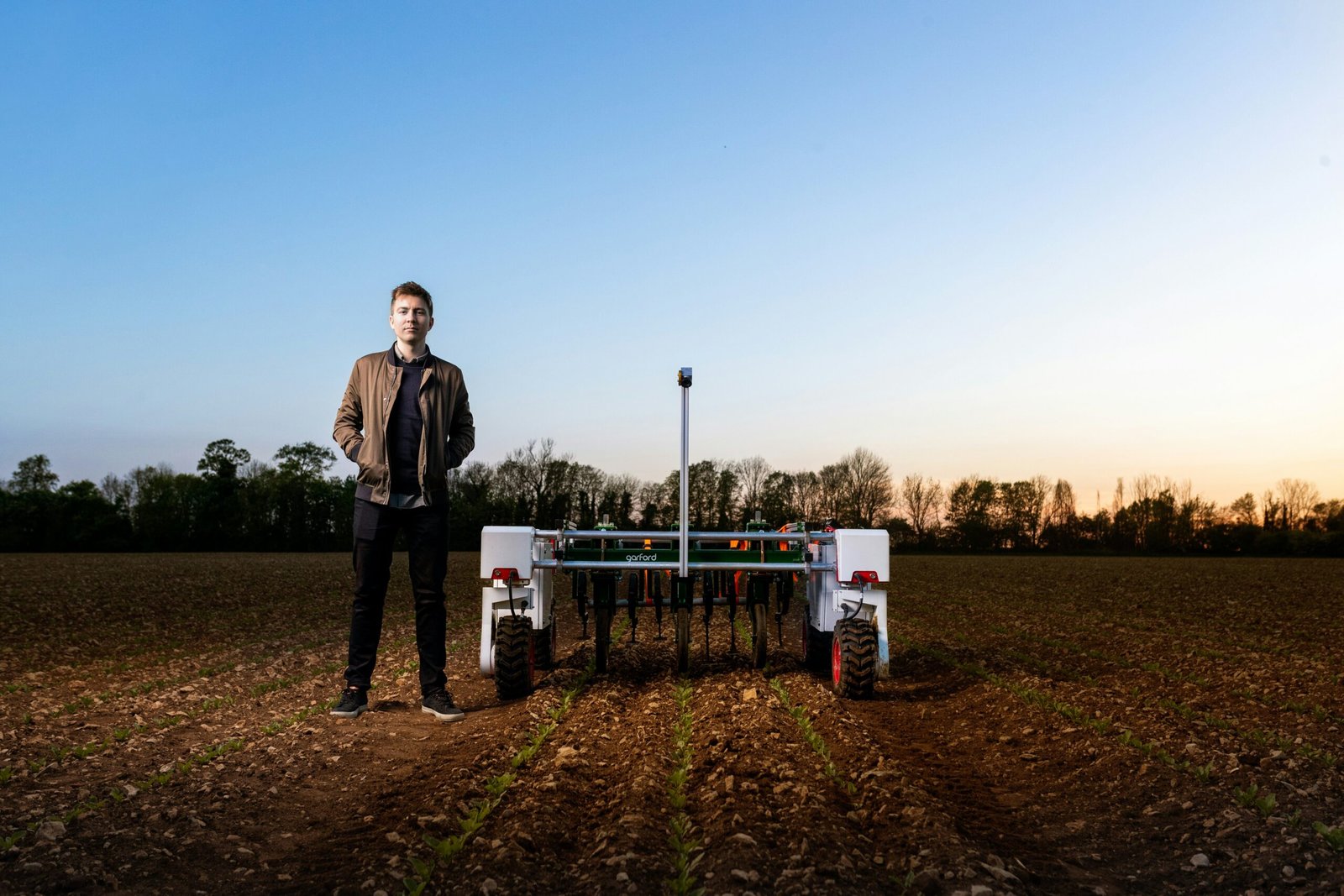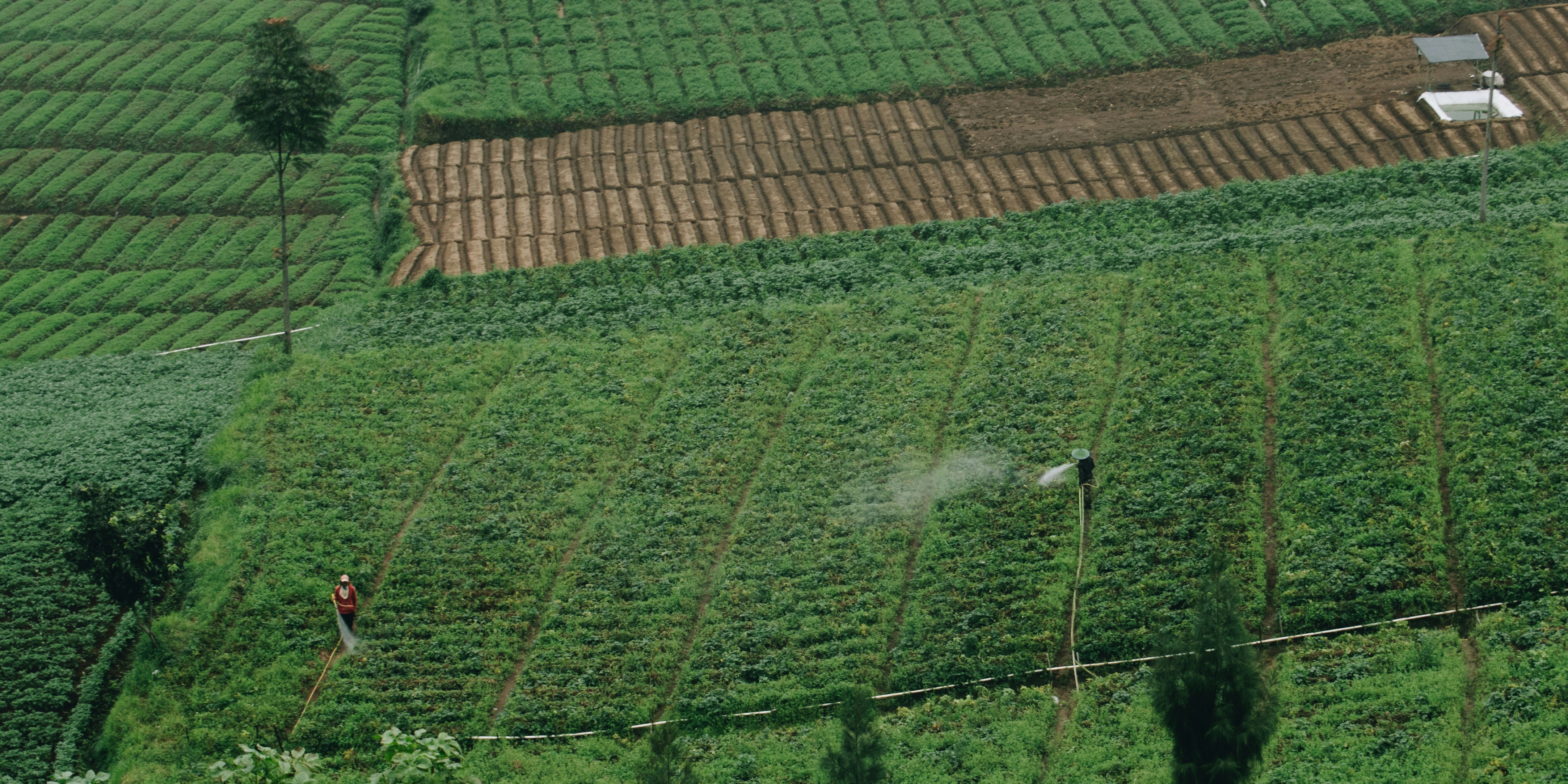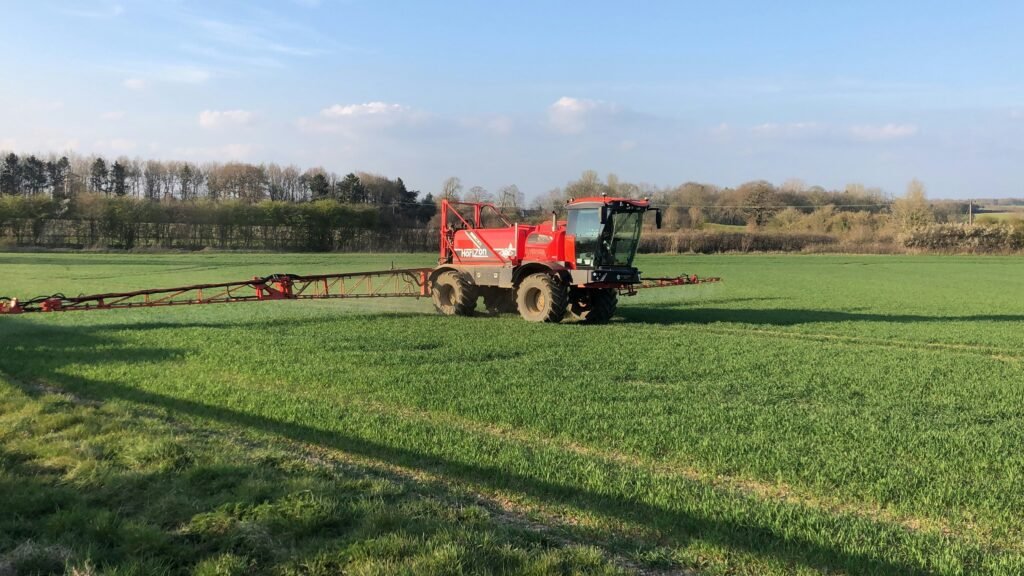
Introduction to Robotics in Agriculture
The integration of robotics in the agricultural sector has undergone a significant transformation, particularly in large-scale farming operations. Historically, farming relied heavily on manual labor and traditional practices, but this landscape has changed dramatically in recent years. As global population growth continues to necessitate higher food production, the agricultural industry has responded by adopting innovative technologies that enhance productivity and efficiency. Robotics has emerged as a key player in this transformation, enabling farmers to meet rising demands while addressing challenges such as labor shortages.
One of the foremost advantages of incorporating robotics in agriculture is the ability to perform tasks with precision and speed. From planting and harvesting to monitoring crop health, robotic systems are equipped with advanced sensors and artificial intelligence that allow for real-time decision-making. This capability not only streamlines processes but also reduces the risk of human error, leading to improved yields and resource management. Furthermore, automation in agriculture has proven essential in mitigating the impact of labor shortages. As fewer workers are available for physical labor, particularly in rural areas, robotics provides a viable solution to maintain productivity levels.
The evolution of farming practices has also led to a shift towards more sustainable methods of agriculture. With robotic technologies, farmers can utilize precision agriculture techniques, which focus on optimizing inputs such as water, fertilizers, and pesticides. This sustainable approach is increasingly important as it promotes environmental stewardship while ensuring the economic viability of farming operations. By embracing robotics, the agricultural sector is not only enhancing operational efficiency but also paving the way for future advancements that promise to further revolutionize the industry.
Types of Agricultural Robots and Their Functions
The integration of robotics into large-scale farming operations has revolutionized traditional agricultural practices. Various types of agricultural robots are being deployed, each tailored to improve specific tasks within the farming process. Among the most notable are autonomous tractors, drones for crop monitoring, robotic harvesters, and planting machines, all designed to enhance efficiency and productivity.
Autonomous tractors are equipped with GPS technology and advanced sensors, allowing them to operate without human intervention. These robots are capable of executing various tasks such as plowing, planting, and tilling with remarkable precision. By automating these labor-intensive processes, farmers can optimize their time and resources, resulting in significant cost savings and increased crop yields.
Drones have emerged as versatile tools in the realm of crop monitoring. Utilizing sophisticated imaging technology, these flying robots are instrumental in assessing crop health, detecting pest infestations, and even analyzing soil conditions. By providing real-time data, drones facilitate precision farming strategies, enabling farmers to make informed decisions that ultimately enhance their yields.
Robotic harvesters represent another significant advancement in agricultural robotics. These machines are designed to autonomously gather crops, such as fruits and vegetables, which traditionally required a considerable workforce. By employing robotic harvesters, farms can operate more efficiently, addressing labor shortages while reducing the time needed to bring products to market.
Lastly, planting machines have evolved to incorporate robotics, offering automated seed placement with greater accuracy. This technology not only reduces labor costs but also ensures that crops are planted at optimal depths and spacing, improving overall plant health and productivity. Each of these agricultural robots plays a vital role in transforming the landscape of farming operations, illustrating the profound impact of robotics in agriculture.
Benefits of Implementing Robotics in Farming
The integration of robotics in large-scale farming operations stands as a pivotal advancement in the agricultural sector. One of the most notable benefits is the significant increase in efficiency and productivity that these technologies can offer. Automated machinery can perform tasks such as planting, watering, and harvesting at an accelerated pace, greatly reducing the time required for these processes. Studies have shown that farms employing robotic systems can achieve up to 30% higher yields compared to traditional methods, allowing farmers to meet the ever-growing global food demand.
Another crucial aspect of implementing robotics is the reduction of labor costs. With the agriculture industry facing labor shortages, robotics presents a viable solution by minimizing the need for manual labor. Farmers have reported reductions in labor expenses by as much as 50% when deploying robotic systems for routine tasks. This cost-saving allows farmers to allocate resources toward other essential areas of their operations, thereby increasing overall profitability.
Robotics also contributes to improved crop management practices. Advanced sensors and data analytics can facilitate precision agriculture, enabling farmers to monitor soil health, water levels, and pest populations in real time. This data-driven approach empowers farmers to make informed decisions regarding crop treatments and resource allocation, resulting in healthier crops and a more sustainable use of inputs.
Moreover, robotics enhances sustainability in farming practices. By optimizing inputs such as water and fertilizers through precision application techniques, farmers can significantly reduce waste and environmental impact. Furthermore, robotic systems can operate in challenging conditions, such as adverse weather, ensuring continuous operations regardless of external factors. This resilience helps maintain productivity and mitigate risks associated with climate variability.
Incorporating robotics into large-scale farming not only redefines traditional agricultural practices but also sets a foundation for a more efficient, cost-effective, and sustainable future in food production.
Future Trends and Challenges in Agricultural Robotics
The future of agricultural robotics is poised for significant advancement, promising enhanced efficiency and productivity through the integration of emerging technologies. One key trend is the incorporation of artificial intelligence (AI) into farming robots, enabling them to analyze large volumes of data and make informed decisions in real-time. This capability not only improves crop management but also aids in precise resource allocation, ultimately leading to increased yields. Furthermore, the application of machine learning algorithms allows agricultural robots to learn from their surroundings, leading to continuous improvement in their operations. As these robots become more autonomous and smarter, farmers can expect to witness a transformation in routine tasks such as planting, harvesting, and monitoring crop health.
Another crucial innovation on the horizon is the use of data analytics in agricultural robotics. The ability to process and interpret data collected from various sensors, drones, and other technology will enable farmers to make proactive decisions based on real-time insights. These developments are likely to contribute to sustainable farming practices, as data-driven strategies can enhance soil health, optimize irrigation practices, and minimize reliance on chemical inputs through the implementation of precision agriculture techniques.
However, these advancements come with challenges that must be addressed for successful widespread adoption of robotic technology in agriculture. High initial investment costs represent a significant barrier for many farmers, particularly small-scale operators. The upfront expense of sophisticated machinery and technology can deter potential users. Additionally, there is a pressing need for technical training to ensure that farmers are adept at operating and maintaining complex robotic systems. Continuous support and education are essential to bridge the knowledge gap and unlock the full potential of agricultural robotics.
Ongoing maintenance of these advanced systems is another concern, as specialized skills may be required to service and troubleshoot equipment, implying that farmers must not only invest in technology but also in human capital. Addressing these challenges through targeted research and development initiatives will be crucial in realizing the full benefits of robotics in agricultural practices. By fostering innovation and providing resources for adaptability, the agricultural sector can truly transform and thrive in this new mechanized era.







